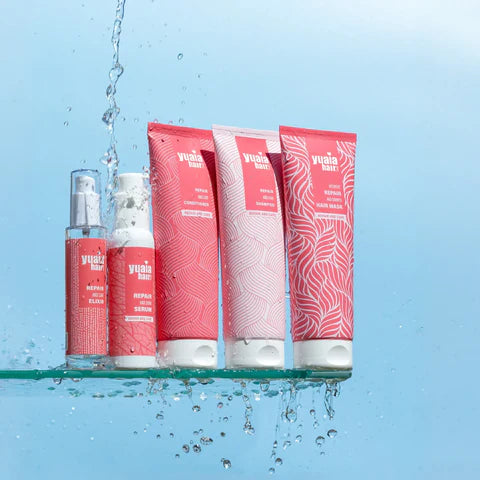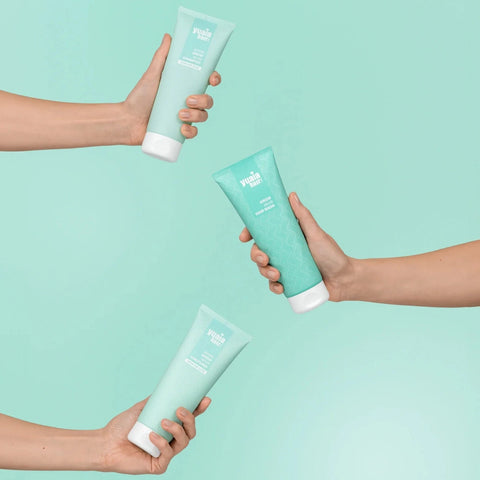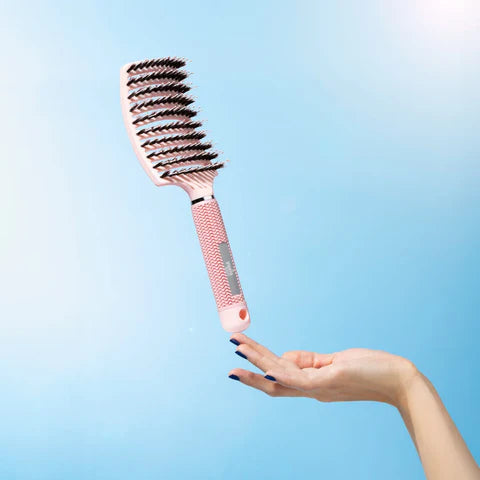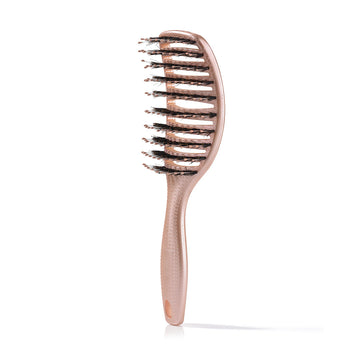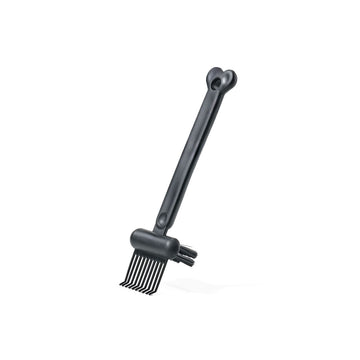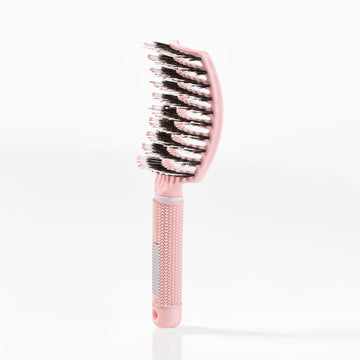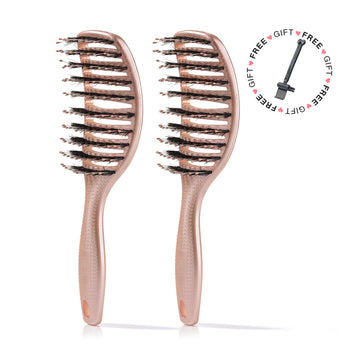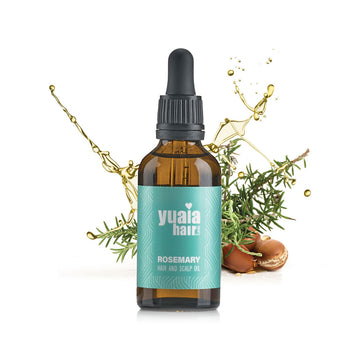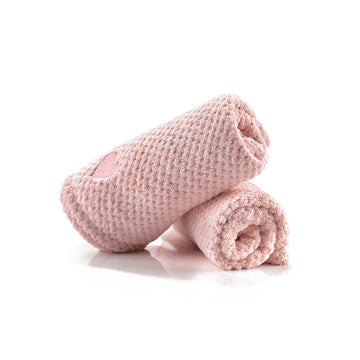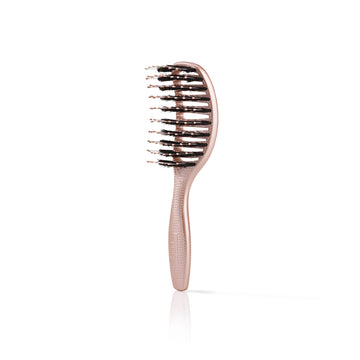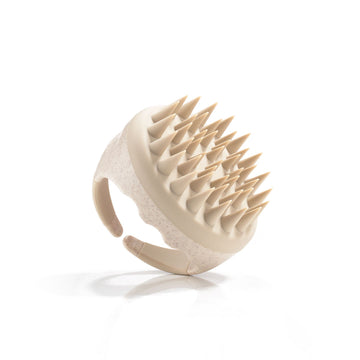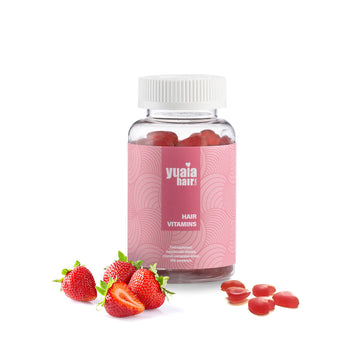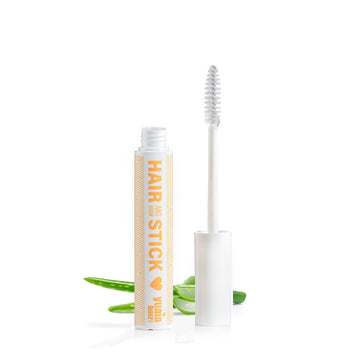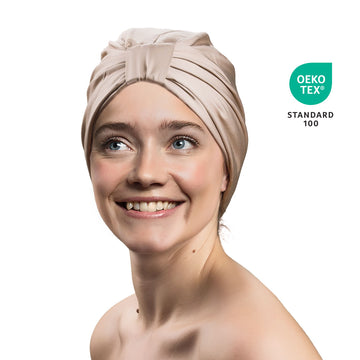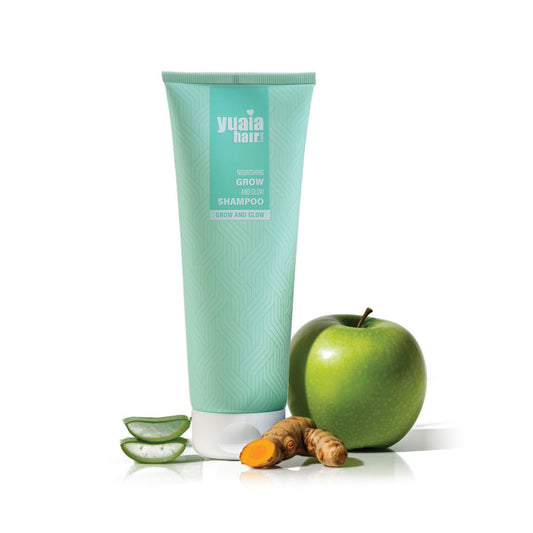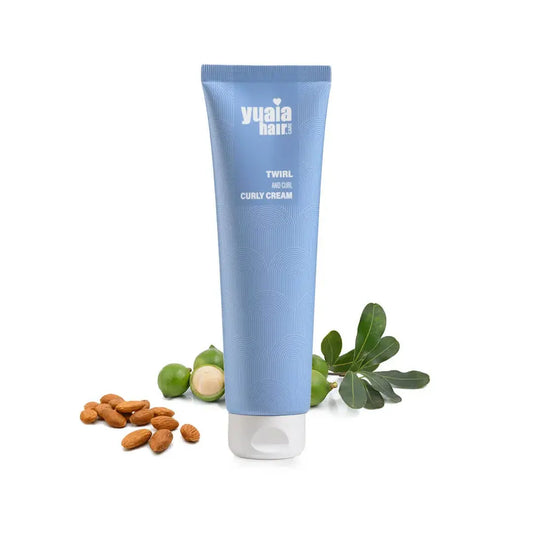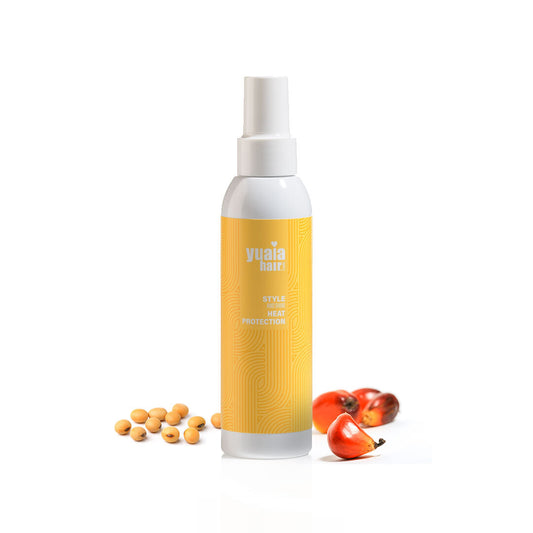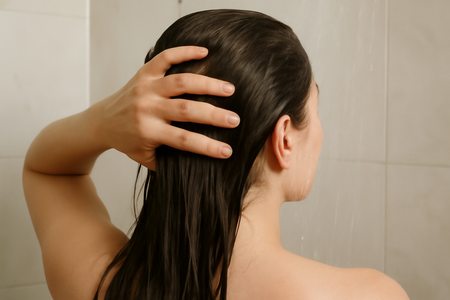
Effective care methods for resistant hair
Managing resistant hair requires a strategic approach to ensure that moisture and products are adequately absorbed. One effective method is using heat or steam during your hair care routine. Applying heat through a warm towel or using a steamer can help open up the cuticle layer, allowing moisture and products to penetrate more effectively. This technique can be particularly beneficial when applying deep conditioning treatments or hair masks.
Choosing the right products is also crucial. Opt for lightweight, non-residue formulations that won't weigh down your hair or lead to build-up. Our Grow and Glow shampoo is an excellent choice, offering a sulfate-free and silicone-free formula that cleanses without stripping the hair of its natural oils. This helps maintain a healthy moisture balance, essential for resistant hair.
Product recommendations for resistant hair
Using oils can be a beneficial part of your hair care routine, especially for resistant hair. Nourishing options like argan or jojoba oil provide hydration without leaving a heavy residue. Our rosemary hair oil is designed to enhance moisture retention and improve overall hair health. Apply a small amount to damp hair, focusing on the ends, to lock in moisture and add shine.
For those with curly hair, maintaining definition while ensuring moisture absorption can be challenging. Our Twirl and Curl curly cream is formulated to enhance curls while providing the necessary hydration without weighing them down. Apply it to damp hair, scrunching upwards to define curls and reduce frizz.
FAQ: How can I improve product absorption in resistant hair?
Improving product absorption in resistant hair involves a few strategic steps. Begin by pre-treating your hair with warm water, which can help to slightly open the cuticle layer. After washing, gently towel dry your hair to remove excess water, allowing your chosen products to work more effectively. Selecting products specifically designed for low porosity hair, like lightweight leave-in conditioners and serums, can also enhance absorption.
Incorporating a heat protectant spray before styling can further aid in opening the cuticles, making it easier for products to penetrate. Our heat protectant spray not only shields your hair from thermal damage but also helps in maintaining moisture balance during heat styling.
Localized advice for Nordic hair types
For those living in Nordic regions, managing resistant hair can be particularly challenging due to the colder and drier climates that can exacerbate moisture retention issues. The low humidity levels common in these areas can lead to increased dryness, making it even more difficult for resistant hair to absorb moisture and nutrients effectively. To combat this, it's important to adjust your hair care routine to better suit the climatic conditions.
One effective strategy is to use a microfiber towel to gently dry your hair after washing. Unlike traditional towels, microfiber towels help reduce frizz and prevent further moisture loss, which is especially beneficial for resistant hair. Additionally, incorporating the use of a humidifier at home can help maintain optimal moisture levels in the air, providing a more favorable environment for your hair.
Beyond product selection: Techniques for better hair care
While selecting the right products is essential, the techniques used in your hair care routine can also make a significant difference in managing resistant hair. One useful method is to apply products when your hair is damp rather than soaking wet. This allows for better absorption, as excess water can prevent products from penetrating the hair shaft effectively.
Regularly using a boar bristle brush, like our Curvy Brush, can also aid in distributing natural oils from the scalp throughout the hair, enhancing shine and reducing the need for additional products. This brushing technique can help manage resistant hair by improving its overall texture and appearance.
Frequently asked questions
How can I make resistant hair more manageable?
To make resistant hair more manageable, focus on using lightweight, non-greasy products that won't weigh your hair down. Incorporating heat or steam during your hair care routine can help open up the cuticle, allowing products to penetrate more effectively. Additionally, regular trims can help remove split ends and maintain the overall health of your hair.
What are the best oils for resistant hair?
Nourishing oils like jojoba and argan oil are excellent for resistant hair as they provide hydration without leaving a heavy residue. These oils can help improve moisture retention and add shine. Apply a small amount to the ends of your hair to seal in moisture and protect against environmental damage.
Are there specific styling tools that work well with resistant hair?
Yes, using a boar bristle brush can be beneficial for resistant hair. This type of brush helps distribute natural oils throughout the hair, enhancing shine and reducing frizz. Additionally, using a heat protectant spray before styling can help protect your hair from thermal damage while ensuring better product absorption.
 2-4 day UK delivery
2-4 day UK delivery
 25.000+ satisfied customers
25.000+ satisfied customers
 Satisfaction Guarantee
Satisfaction Guarantee



